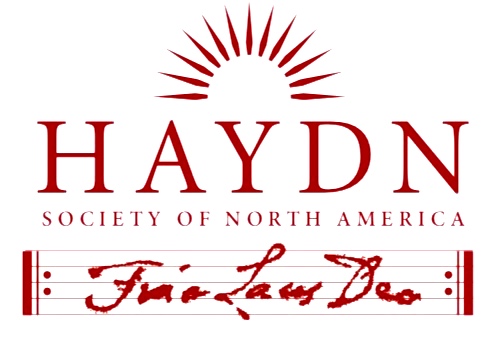
Document Type
Article
Abstract
Haydn’s keyboard sonatas have not received much attention in music theory textbooks—at least in comparison to those by Mozart and Beethoven or to other genres by Haydn. In this article, I present the early keyboard sonatas (Hob. XVI: 1–10) as an effective repertoire to teach concepts and skills from the core music theory curriculum. These pieces combine brevity, simplicity, thin texture, and a formulaic language, thus facilitating strategies such as teaching entire movements instead of excerpts, introducing examples through sound before sight, or teaching voice leading by memorization of prototypical patterns. Three sets of activities, each based on a movement from one of these sonatas and tested in the classroom, illustrate the pedagogical benefits of this body of works. The Largo of the Sonata in B-flat major, Hob. XVI:2 provides an adequate entry point to the study of the augmented sixth chord. With the Andante of the Sonata in G major, Hob. XVI:8, I review diatonic harmony, phrase structure, cadence types, binary form, modulation, tonicization, and sequences in just nine measures of music. The Menuetto from Sonata in C major Hob. XVI: 16 is used as a model for a composition project, in a series of scaffolded activities that include transcription, re-composition, and reflection through comparison.
Recommended Citation
Sánchez-Kisielewska, Olga
(2021)
"Teaching Harmony, Voice Leading, and Form with Haydn's Early Keyboard Sonatas,"
HAYDN: Online Journal of the Haydn Society of North America: Vol. 10, Article 9.
Available at:
https://remix.berklee.edu/haydn-journal/vol10/iss2/9
© Haydn Society of North America ; Boston: Berklee Library, 2020. Duplication without the express permission of the author and/or the Haydn Society of North America is prohibited.


